Textile mills brace for Chinese competition
Expansion of global suppliers exposes policy failures and declining competitiveness in Pakistan's top export sector
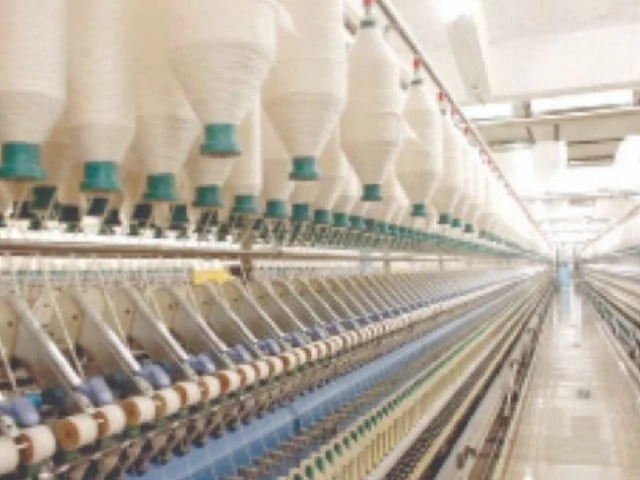
For years, the massive textile mills of Punjab have been the engine of Pakistan's economy, but that engine is now sputtering, threatened by internal stagnation and the arrival of efficient, deep-pocketed Chinese competitors.
The sector, which contributes over 60% of the country's export receipts and employs millions, has seen its exports trapped between $16 billion and $18 billion for many years. Industry veterans blame uncompetitive energy prices and policy inconsistency, but the arrival of Chinese investment under the China-Pakistan Economic Corridor (CPEC) is forcing a harsh reassessment.
"The $18 billion mark is a barrier built by our own policies, not our potential," said a former Chairman of the All Pakistan Textile Mills Association. "With regionally competitive energy tariffs and a stable policy environment, we can easily target $25 billion in exports. But we are fighting with one hand tied behind our back."
Each successive government has struggled to maintain the subsidies and rebates the sector demands, with critics noting that past support failed to deliver a sustained export boom. Analysts say the central challenge is that the local industry has been slow to move beyond basic commodities into higher-value products, even as its cotton base crumbles.
Once a major cotton producer, Pakistan's domestic crop has declined sharply due to outdated farming methods and climate change, forcing mills to import large quantities and squeezing margins further.
The equilibrium is now set to be disrupted. Under the second phase of CPEC, which emphasises industrial cooperation, Chinese textile giants are establishing a foothold in Pakistan to leverage lower costs and preferential trade access to western markets.
A prime example is Challenge Fashion (Private) Limited, a subsidiary of China's Shanghai Yuanyi Industry Co. The firm is investing $150 million to build a large-scale Special Economic Zone (SEZ) in Lahore focused on producing high-performance fabrics and apparel for global brands like Adidas and Uniqlo.
"Pakistan offers a compelling combination of strategic location, labour availability, and trade preferences that Chinese companies are eager to utilise," said a Chinese economist based in Beijing. "For exports targeting markets with tariffs on Chinese goods, manufacturing in Pakistan provides a significant competitive advantage. This is a logical evolution of the CPEC framework."
The project promises to create thousands of jobs and introduce advanced, sustainable manufacturing technologies. But for local millers, it signals the arrival of a formidable domestic competitor.
The question now looming over the traditional industrial cities of Faisalabad and Karachi is what happens to the established players. Many medium and large-scale family-owned mills still operate on older machinery and lack the vertical integration and design capabilities demanded by top global brands.
"The local industry is at a crossroads," said independent economist Saleem Nasir. "The Chinese investment brings capital and technology that can uplift the entire sector. But it also sets a new benchmark for efficiency and quality. Pakistani firms must modernise and specialise, or risk being marginalised in their own market."
The fate of these long-dominant mills will have profound implications for Pakistan's struggling economy. "Whether the Chinese challenge proves to be a catalyst for a long-overdue transformation or the beginning of their decline will depend on their ability to adapt at a speed they have not previously managed," Nasir added.


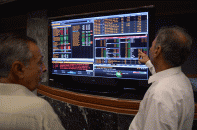


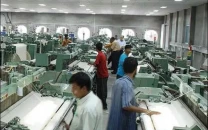

1728020501-0/Express-Tribune-Web-(13)1728020501-0-208x130.webp)

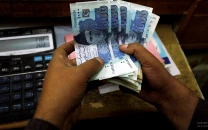
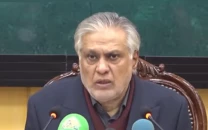
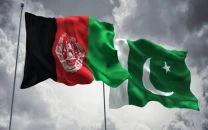



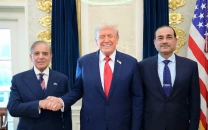



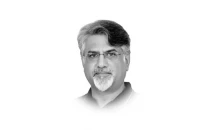

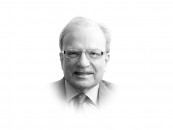
COMMENTS (2)
Comments are moderated and generally will be posted if they are on-topic and not abusive.
For more information, please see our Comments FAQ